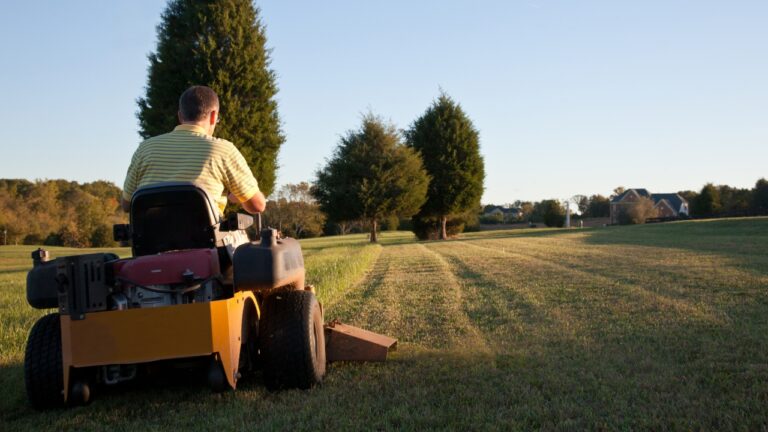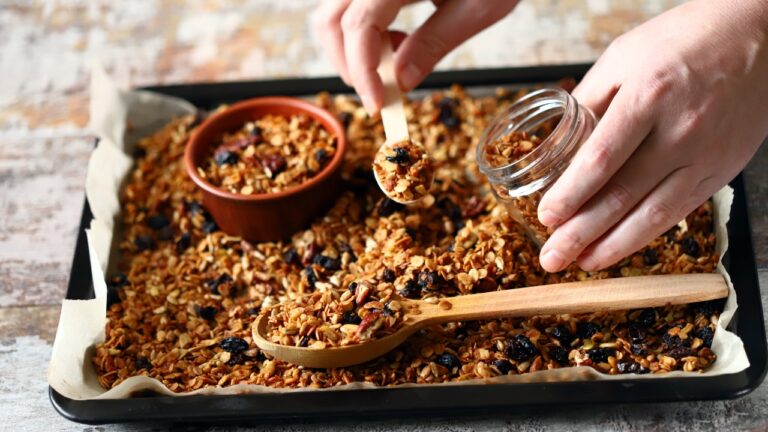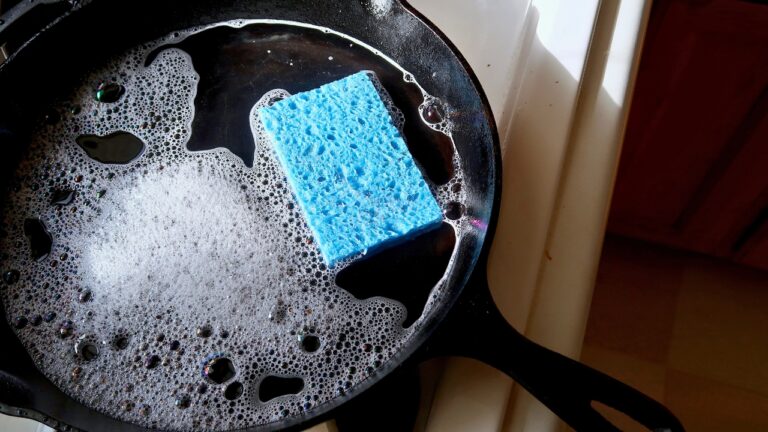10 Composting Mistakes That Could Ruin Your Soil
Composting is easy—toss your scraps in a pile and let nature do its thing, right? But if you’ve ever ended up with a stinky mess or a pile that just sits there doing nothing, you know it’s not always that simple. The truth is, a few common mistakes can ruin your compost and make all that effort feel pointless.
Don’t worry, though. Most of these hiccups are easy to fix, and once you get the hang of it, composting can be pretty effortless. Let’s make sure your pile is breaking down the way it should so you can enjoy that rich, garden-ready soil without all the headaches.
Not Turning the Pile

Letting your compost pile sit untouched might seem easier, but it’s not doing you any favors. Without regular turning, the pile can get compacted, slow down, and even start to smell. It’s like leaving laundry in the washer for too long—things can get funky fast.
Turning the pile every week or two keeps things moving. Use a pitchfork or a compost tool to mix it up, pulling the outer layers into the center where the magic happens.
Lack of Air

Compost needs to breathe. Without enough air, your pile can go anaerobic, which is just a fancy way of saying it’ll stink and take forever to break down. It’s like trying to bake bread in a sealed oven—it just won’t work.
Keep things airy by adding bulky materials like straw or twigs to create air pockets. Turn the pile regularly to mix things up and let oxygen in. If you’re using a bin, make sure it has ventilation holes. And if you’ve got a tumbler, give it a spin every few days. A well-aerated pile means faster, stink-free compost.
Using Only One Pile or Bin

Relying on a single compost pile might seem simple, but it can quickly get messy. While one pile is breaking down, you need somewhere to toss new scraps, or you’ll end up mixing fresh waste with your nearly-ready compost. A two-bin system is ideal—one for “cooking” compost and one for new additions. If you have the space, even better—add a third for finished compost.
Got scraps on top that aren’t breaking down? Move them to your active pile and use the rich, ready-to-go compost below.
Skipping a Starter

Starting a compost pile without a little help is like trying to bake bread without yeast—it’s going to take a while. The microscopic helpers (microbes) that do all the work are naturally on some compost materials, but they need time to multiply. Adding a compost starter or a scoop of soil from your garden can speed things up.
Even better, if you’ve got an older compost pile, grab a handful from there to jump-start the new one. It’s an easy way to keep the process humming along right from the start.
Using Too Little or Too Much Water

Composting is a bit like Goldilocks—you want your pile’s moisture level “just right.” Too dry, and nothing breaks down. Too wet, and you’re left with a smelly, sloppy mess. The goal? Damp, like a wrung-out sponge.
If it’s too dry, sprinkle in water a little at a time and mix it up. If it’s too soggy, toss in dry materials like shredded paper or straw to soak up the extra moisture. Pay attention to the feel and smell—earthy and warm means you’re on the right track.
Leaving Your Compost Pile Open
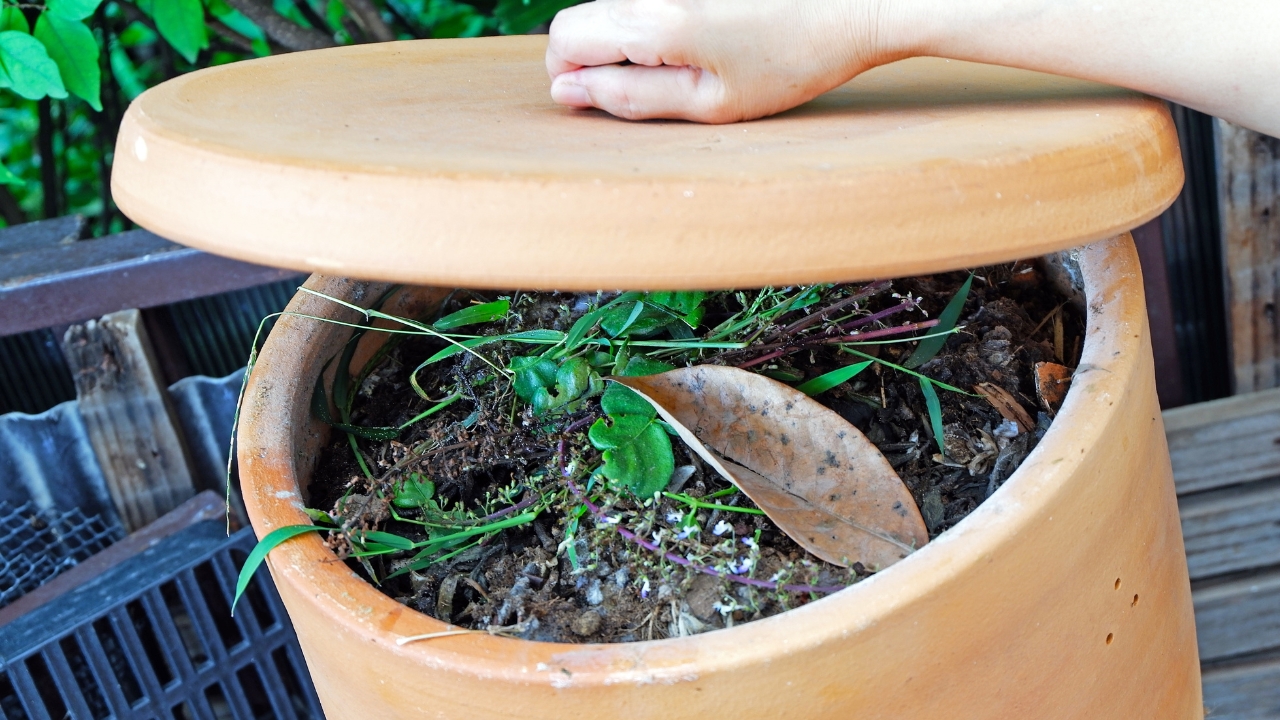
An uncovered compost pile is fine if you’ve got space and no nosy neighbors, but it’s not always practical. A lid or tarp not only keeps things looking tidy but also locks in heat, which is crucial for breaking everything down, especially in winter.
Got a store-bought bin? Chances are it came with a lid. If you’re DIYing it, a piece of plywood or a tarp stretched over a simple frame works just as well. Just leave some breathing room—your compost pile needs oxygen to do its thing. Bonus: it’ll keep critters and rain out, too.
Adding the Wrong Types of Kitchen Waste
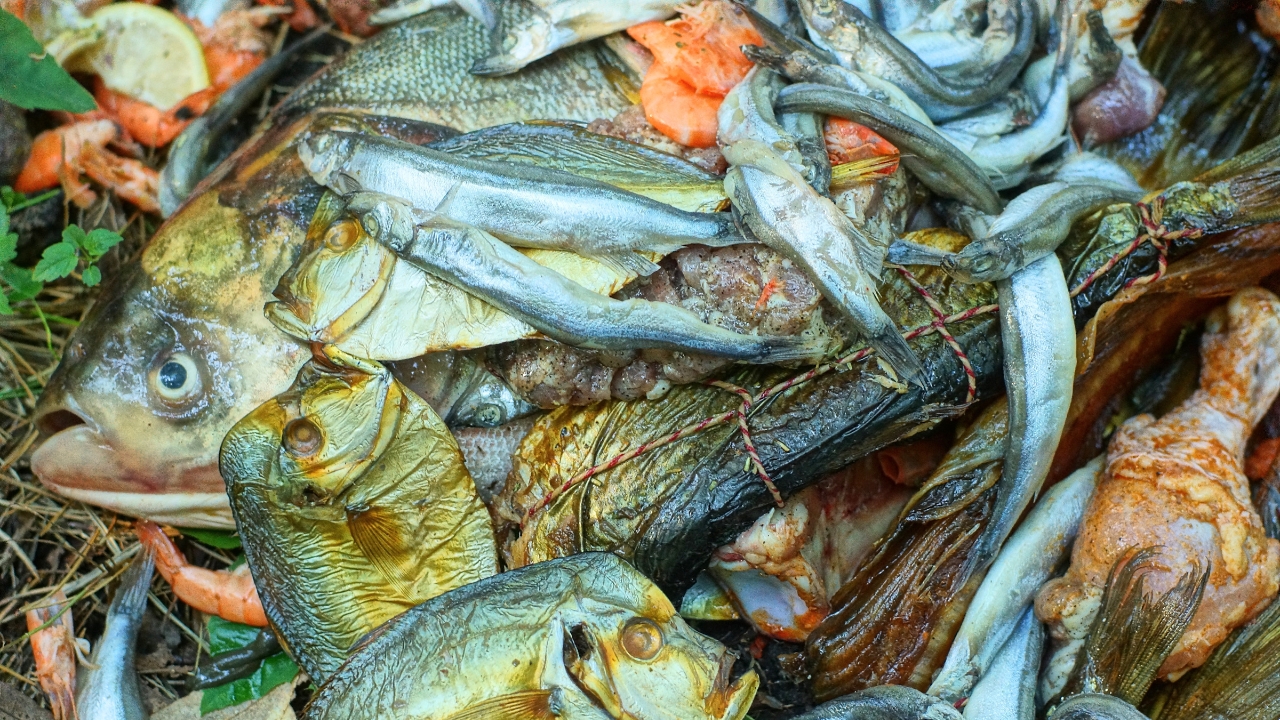
Not everything from your kitchen belongs in the compost. Tossing in meat, dairy, or bones might seem harmless, but it’s a fast track to smelly piles and unwanted critters digging around. Plus, those foods can carry bacteria you don’t want hanging out in your soil.
Stick with veggie scraps, coffee grounds, eggshells, and fruit peels—basically, the good stuff. And don’t just toss them on top. Cover them with dry leaves or shredded paper to keep pests away and smells under control.
Not Shredding Paper

Adding paper to your compost? Awesome move. Tossing it in without shredding it? Not so much. Big sheets of paper just sit there, refusing to break down. Worse, they can clump together and turn into a soggy, moldy mess.
Take a few extra minutes to shred newspaper or tear up cardboard into smaller pieces. It’s worth it. Your compost will thank you for the extra oxygen flow, and you’ll save yourself from having to dig out a gross, mushy pile later.
Getting the Wrong Balance
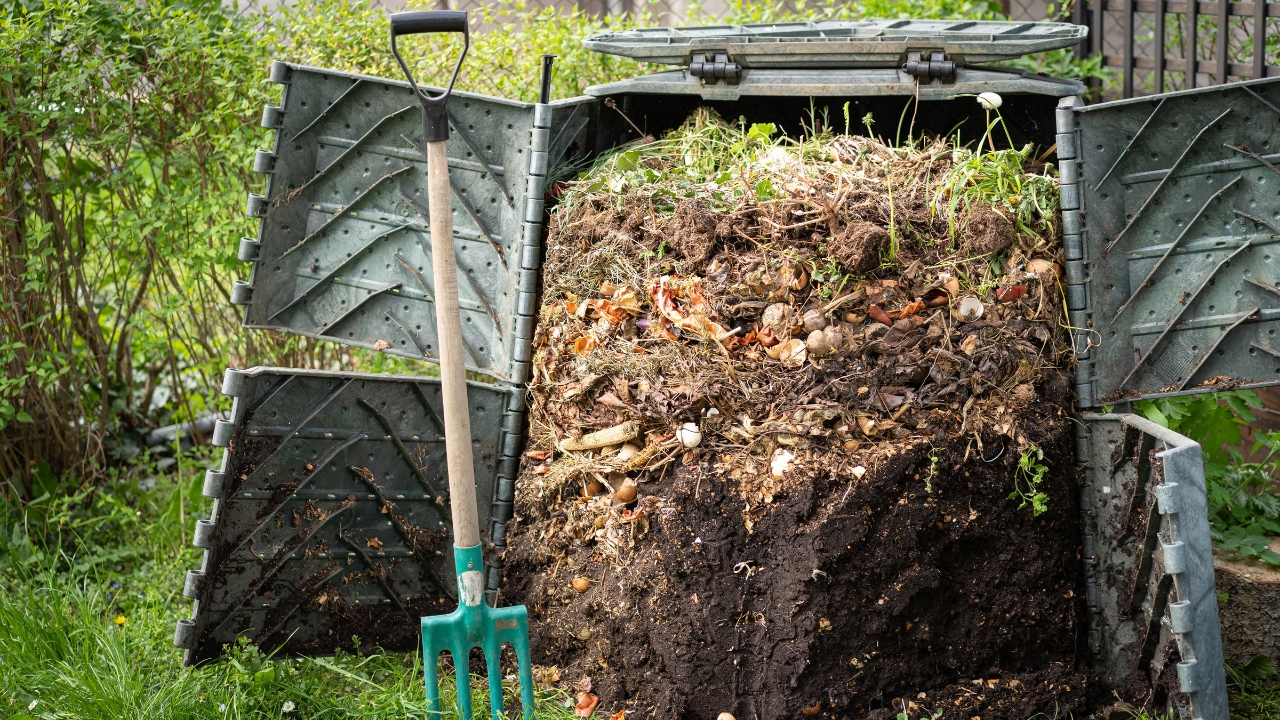
Composting is all about finding the sweet spot between “greens” and “browns.” If you go heavy on the greens (like food scraps and grass clippings), your pile might start smelling like the back of a dumpster. Too many browns (like dry leaves and cardboard), and it’ll just sit there looking sad and dry.
Aim for a balance that’s about four parts browns to one part greens. If it’s stinking up the yard, throw in more browns. If it’s not heating up or breaking down, sprinkle in some greens.
Adding Diseased Garden Waste

It’s tempting to toss all your yard waste into the compost, but diseased plants need to stay far, far away. Your compost pile probably doesn’t get hot enough to kill off plant diseases, which means you could end up spreading those same issues when you use the compost later.
Got tomato plants with blight or roses with blackspot? Burn them or bag them for the yard waste bin. It’s an extra step, but it saves your healthy plants from catching whatever’s going around.


